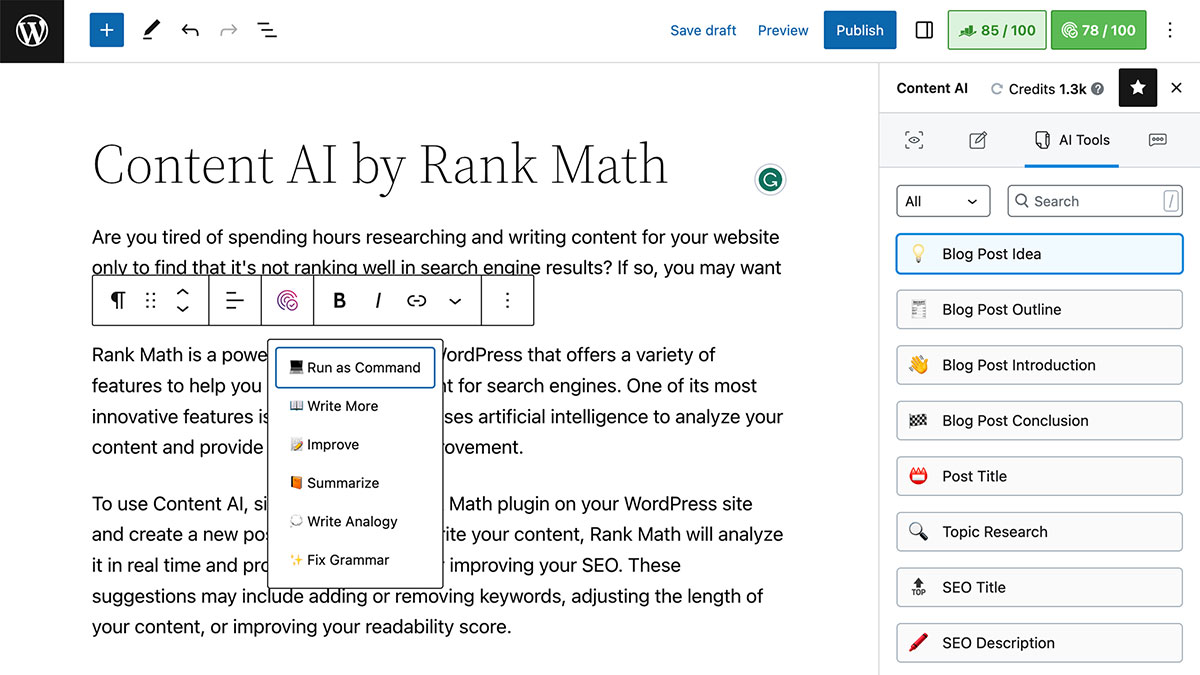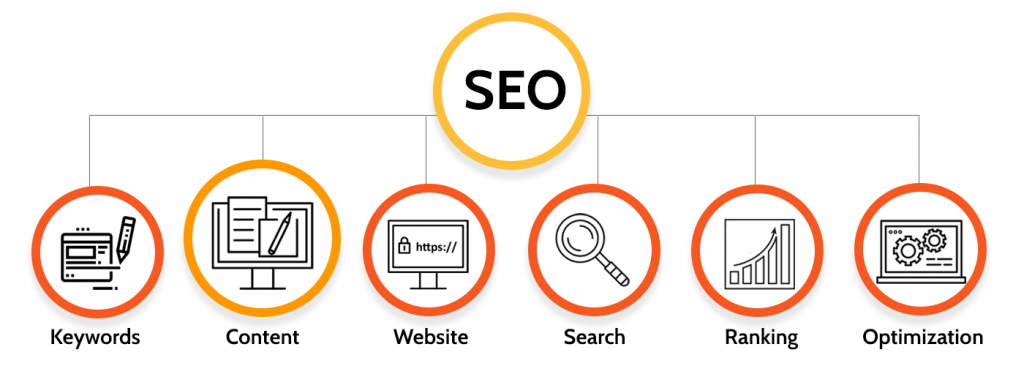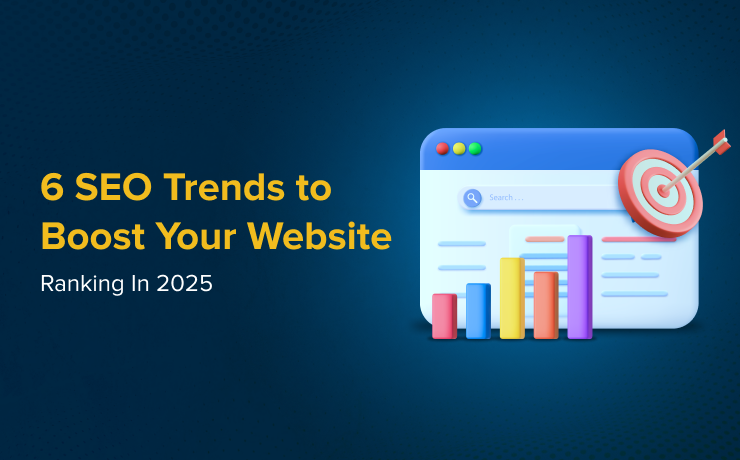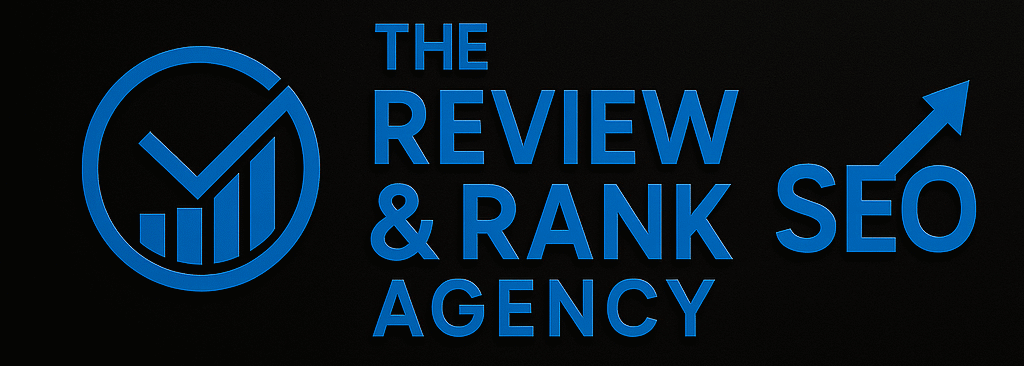You’re here because you want your website to stand out in the crowded digital landscape, right? But how do you ensure your content not only attracts visitors but also ranks high on search engines?
The secret lies in crafting SEO-friendly content. Imagine your website as a bustling store in a busy mall. You want people to not just pass by but to walk in, stay a while, and maybe even tell their friends. That’s exactly what search engine optimized content does for your site.
It draws people in and keeps them engaged. We’ll unravel the art of writing content that appeals to both your audience and search engines. Get ready to unlock the strategies that will elevate your website’s visibility and impact.
Keyword Research
Effective keyword research shapes SEO-friendly content that ranks well. Identifying relevant keywords attracts search engines and engages readers. Incorporating these keywords naturally enhances readability and visibility.
Crafting SEO-friendly website content is a strategic art. At its core lies the essential practice of keyword research. This isn’t just about picking popular phrases; it’s about understanding your audience and anticipating what they’re searching for. You need to find the sweet spot where user queries meet your expertise. Done right, keyword research can transform your content into a beacon for search engines, drawing in visitors like moths to a flame. But how do you get started?Choosing The Right Keywords
The first step is choosing the right keywords. Think of them as the bridge connecting your content to potential readers. Are you selecting words that accurately reflect what your audience is interested in? Tools like Google Keyword Planner can help reveal what people are actually typing into search bars. Make a list of words and phrases relevant to your content. Then, refine it by focusing on those with a good balance of high search volume and low competition. This ensures your content has the potential to rank well.Long-tail Keywords Importance
Long-tail keywords are your secret weapon. They are longer, more specific phrases that target niche segments of your audience. Imagine you’re a small bookstore competing against giants. Instead of targeting “books,” aim for “historical novels set in World War II.” These keywords often have lower search volume, but they’re less competitive and attract highly targeted traffic. When I started my blog, focusing on long-tail keywords was a game-changer. It allowed me to connect with readers who were specifically interested in my niche topics.Competitive Analysis
Understanding your competition is crucial. Who else is vying for the top spot with the keywords you’ve chosen? Tools like SEMrush or Ahrefs can help you analyze their strategies. Look at the keywords they rank for and the type of content they produce. Ask yourself: What are they doing that you can do better? Perhaps there’s a gap in the information they provide that you can fill. Or maybe there’s a unique angle you can offer. By thoroughly analyzing your competitors, you can find opportunities to stand out and rank higher. Keyword research is not just a task but a continuous process. Are you regularly updating your keyword strategy as search trends evolve? The digital landscape is ever-changing, and to stay ahead, your content must adapt.Content Structure
Creating content that ranks well on search engines is an art. At its core lies effective content structure. A well-structured piece not only captivates your audience but also signals search engines to rank your page higher. Just imagine, you’re navigating a website looking for specific information. What makes you stay? It’s often how organized and accessible the content is. Let’s dive into how you can create a structured masterpiece that appeals to both readers and search engines.
Creating An Effective Outline
An outline is your roadmap. Before diving into writing, sketch an outline to organize your thoughts. This step might seem tedious, but it saves time in the long run. Picture yourself reading a novel with scattered chapters; it’s confusing. Similarly, a scattered blog post loses your audience. Begin with a list of main ideas, then add subpoints. This ensures logical flow, guiding your readers effortlessly from one point to the next.
Using Headers And Subheaders
Headers and subheaders break up content into digestible chunks. They are your content’s signposts, guiding readers through your narrative. Imagine a book without chapter titles. Would you know where to start or what’s important? Use HTML tags like
, , to indicate hierarchy. This not only helps readers but also search engines in understanding the importance of each section. Strategically placed headers improve user experience and boost SEO.
to indicate hierarchy. This not only helps readers but also search engines in understanding the importance of each section. Strategically placed headers improve user experience and boost SEO.
Bullet Points And Lists
Bullet points and lists enhance readability. They transform dense information into easy-to-scan bits. Think about reading a lengthy paragraph versus a concise list. Which do you prefer? Lists capture attention, making complex info simple. Use them to highlight key points or steps. Be consistent with formatting to maintain clarity. This approach not only benefits your readers but also increases the chances of your content being featured in search engine snippets.
By organizing your content effectively, you are not only crafting a more engaging experience for your readers but also creating a structured piece that search engines love. Have you ever felt lost in a sea of text? A well-structured post prevents that, keeping your audience and Google happy. Consider your current content structure; how can you make it better?
Optimized Writing
Crafting content that ranks involves using strategic keywords naturally. Focus on clear, concise sentences that engage readers. Ensure your content is relevant and informative to improve search engine visibility.
Writing SEO-friendly website content requires a blend of creativity and strategy. You want your content to appeal to readers while also meeting the guidelines set by search engines. This balance is known as optimized writing. It’s about crafting your content in a way that is both informative and easy for search engines to understand. The ultimate goal is to boost your visibility and rankings online.Crafting Engaging Titles
Your title is the first impression your content makes. It should be compelling and precise, drawing readers in. Use numbers or questions to spark curiosity. Keep it under 60 characters to ensure it displays fully in search results. A strong title can significantly impact your click-through rate. Have you ever chosen an article just because the title intrigued you?Using Keywords Naturally
Keywords are essential, but they should blend seamlessly into your writing. Focus on a primary keyword and sprinkle related terms throughout your content. Avoid keyword stuffing; it’s both obvious and off-putting. Instead, think about how you speak naturally. Search engines today are smart enough to understand context, so prioritize readability and flow.Maintaining Readability
Readability is crucial for keeping your audience engaged. Use short sentences and simple words whenever possible. Break up text with headings, lists, or bullet points. Tools like Hemingway Editor can help you spot overly complex sentences. Ask yourself: Would someone skim your content and still grasp the main points? Aim for clarity in every paragraph.Meta Tags And Descriptions
Meta tags and descriptions play a key role in SEO. They help search engines understand your content better. They also influence user clicks on search results. Getting them right can improve your site’s ranking. Let’s explore how to optimize them effectively.
Importance Of Meta Titles
Meta titles are the first thing users see in search results. They act as the headline for your page. A clear and relevant meta title attracts more clicks. Use primary keywords naturally. Keep it under 60 characters. This ensures it displays well in search results. Avoid stuffing it with too many keywords. Aim for clarity and relevance.
Crafting Meta Descriptions
Meta descriptions offer a brief summary of the page content. They appear below the meta title in search results. A well-written description can increase click-through rates. Use important keywords naturally. Keep it under 160 characters. This keeps the description concise and effective. Make it engaging to the reader. Encourage them to visit your page.
Implementing Alt Text
Alt text describes the content of an image. It’s important for accessibility. It also helps search engines index images properly. Use descriptive and relevant keywords. Keep the alt text brief but informative. This improves the chances of the image appearing in image searches. It enhances overall SEO of the website. Consistent use of alt text benefits your site’s visibility.
Internal And External Links
Internal and external links play a crucial role in SEO. They help search engines understand your site’s structure. They also guide users to relevant content. Smart linking can boost your site’s rankings. It enhances user experience too. Let’s dive into the world of linking.
Building Internal Links
Internal links connect different pages on your site. They help distribute page authority. This aids in SEO. Use descriptive anchor text for these links. This gives context to both users and search engines. Ensure your links are relevant to the content. Avoid overloading a page with too many links. This can confuse readers.
Strategic External Linking
External links point to other websites. They provide additional resources for readers. This boosts your site’s credibility. Link to authoritative and relevant sites only. This tells search engines that your content is well-researched. Balance is key. Avoid linking too much to external sites. This can distract users from your content.
Anchor Text Best Practices
Anchor text is the clickable part of a link. It should be concise and relevant. Avoid using generic text like “click here.” Instead, use descriptive phrases. This helps users understand the link’s destination. It also provides context for search engines. Keep anchor text natural. Forced keywords can harm readability.
Visual Content Optimization
Crafting SEO-friendly content involves optimizing visuals for better search rankings. Use relevant image tags and alt texts. Make images mobile-friendly and compressed for fast loading.
Visual content plays a crucial role in making your website appealing and engaging. It’s not just about the aesthetics; it’s about optimizing these elements for better SEO ranking. Visual content optimization can significantly impact your site’s search engine performance, ensuring your content is not only seen but remembered. Let’s dive into how images, videos, and other visual elements can be optimized for better SEO.Images And Videos
Images and videos are powerful tools to convey your message effectively. Ensure all images have descriptive alt tags. Alt tags help search engines understand what the image is about, improving your site’s SEO. Use relevant keywords in these tags but keep them concise. It’s not just text that needs to be optimized; video descriptions and transcripts should be clear and keyword-rich. This helps in indexing your videos better. Have you ever clicked away because a video took too long to load? Optimize the file sizes of your visual content without losing quality. Smaller files load faster, improving user experience and SEO.Infographics Utilization
Infographics are engaging and informative. They break down complex information into digestible visuals. Make them shareable to expand your reach and earn backlinks. Think about how you present data. Use a mix of text and visuals, and ensure the text is readable and keywords are used wisely. Infographics should have a clear focus and not overwhelm the viewer with too much information. Consider the infographic’s title and description. These should be catchy and relevant to your target keywords. A well-optimized infographic can boost your SEO and capture the attention of your audience.Loading Speed Improvements
Loading speed is crucial for both user satisfaction and SEO. If your site takes too long to load, users will leave, and search engines will notice. Compress images and videos for quicker loading times. Use tools like Google PageSpeed Insights to identify what’s slowing your site down. Optimize your visual content’s size and format for faster delivery. Does your website feel sluggish? Sometimes, it’s the heavy visuals that are the culprit. Try using lazy loading techniques to improve speed without sacrificing content quality. A faster site keeps users happy and improves your ranking. Visual content optimization is more than just having pretty pictures and videos. It’s about making sure these elements work for you, not against you, in your SEO strategy. How are you optimizing your visuals today?User Experience
Creating SEO-friendly content involves more than just keywords. User experience plays a crucial role in ensuring your website ranks well. A website that is easy to use keeps visitors engaged longer. This improves your site’s credibility and search engine ranking. Let’s explore how navigational ease, mobile-friendly design, and engagement enhancements can elevate user experience.
Navigational Ease
Your website should be easy to navigate. Visitors need to find what they’re looking for quickly. Clear menus help users move through your site. Use descriptive labels for links and categories. Keep your design simple. Avoid clutter. This helps users stay focused on the content.
Mobile-friendly Design
Many users browse websites on mobile devices. A responsive design adapts to different screen sizes. This ensures your content looks good everywhere. Mobile-friendly sites load quickly. Slow websites frustrate users. They leave and may never return. Test your site on various devices. Ensure it functions well on each.
Engagement Enhancements
Interactive elements increase user engagement. Add videos, images, and infographics to your content. These elements break up text and make information easier to digest. Encourage comments and discussions. Users love to share opinions. This interaction boosts your site’s visibility. Use social media buttons. Let users share your content easily.

Credit: rankmath.com
Regular Updates
Updating content regularly helps maintain relevance and improve SEO rankings. Search engines favor fresh content that engages readers. Regular updates keep your website current and increase its visibility.
Regular updates to your website content play a crucial role in SEO. Search engines like Google favor sites that provide fresh and relevant information. Regularly updating your website signals to search engines that your site is active. It also shows that you’re providing valuable content to users. This can help improve your site’s ranking and visibility in search results. Let’s explore some essential aspects of maintaining regular updates.Content Freshness Importance
Content freshness is key to staying relevant. Fresh content attracts search engines and users alike. People look for the latest information. They trust sites that offer up-to-date content. Updating your content with new data or insights keeps it fresh. This practice can boost your SEO performance. It also enhances user engagement.Monitoring Trends
Trends change rapidly. Monitoring trends helps you stay ahead. Use tools to track trending topics in your industry. Incorporate relevant trends into your content strategy. This keeps your content current and appealing. Responding to trends shows your audience that you are informed. It also enhances your credibility.Revisiting Older Content
Older content can lose its relevance over time. Revisiting older content helps maintain its value. Update it with new information or perspectives. Refreshing old content can improve its search ranking. It also gives you a chance to fix any outdated links. This process can breathe new life into your existing content.Analytics And Performance Tracking
Understanding the impact of your SEO efforts can be the difference between success and missed opportunities. Analytics and performance tracking offer a roadmap to your content’s effectiveness. By analyzing data and adjusting strategies, you can ensure that your content ranks well and meets your audience’s needs.
Using Seo Tools
SEO tools are your best friends when it comes to understanding how your content performs. Google Analytics and SEMrush are popular choices. They offer insights into traffic, user behavior, and which keywords bring visitors to your site.
Imagine knowing exactly how long a reader stays on your page. This information helps you refine your content for better engagement. Regularly checking these tools keeps you informed and proactive.
Have you ever wondered why a blog post didn’t perform as expected? SEO tools can provide the answers, showing you where improvements can be made. Dive into the data, and you’ll uncover valuable insights.
Tracking Key Metrics
Metrics tell the story of your website’s success. Focus on key metrics like bounce rate, session duration, and conversion rate. These figures reveal how well your content engages and converts.
Have you noticed a high bounce rate on a page? It might be time to revisit the content or improve the call-to-action. A low session duration could indicate that your content isn’t captivating enough.
Tracking metrics consistently allows you to spot trends and act quickly. Don’t let poor performance linger. Use metrics as a guide to make informed decisions.
Adjusting Strategies
Every piece of content won’t be a home run. Be ready to adjust your strategies based on the data you collect. If a particular keyword isn’t bringing the traffic you expected, try a different one.
Think of your content as a living document. It should evolve based on performance insights. Update it with fresh information, better keywords, or improved calls-to-action.
Have you ever experienced a sudden drop in traffic? This is the moment to reassess and adjust. Staying flexible and responsive keeps your content relevant and competitive.

Credit: www.articleforge.com

Credit: www.smartsites.com
Frequently Asked Questions
What Is Seo-friendly Content?
SEO-friendly content is optimized for search engines and users. It includes relevant keywords, provides valuable information, and enhances readability. This type of content improves visibility on search engines like Google. It attracts organic traffic by addressing user intent and adhering to SEO best practices, making it essential for online success.
How Do Keywords Improve Ranking?
Keywords improve ranking by helping search engines understand content relevance. When used naturally, they match user queries with your content. This increases visibility in search results. Strategic keyword placement in titles, headers, and throughout the text enhances SEO. It attracts more organic traffic and improves your site’s ranking.
Why Is Readability Important For Seo?
Readability is important for SEO because it enhances user experience. Easily readable content keeps visitors engaged, reduces bounce rates, and increases time on site. Search engines favor content that retains users, as it signals quality and relevance. Readability also ensures your message is clear and accessible, boosting your SEO performance.
How Does Internal Linking Help Seo?
Internal linking helps SEO by connecting related content within your site. It improves navigation and distributes page authority. This helps search engines crawl and index your pages more effectively. Internal links guide users to valuable information, enhancing their experience and boosting engagement.
This practice supports better SEO outcomes.
Conclusion
Crafting SEO-friendly content is key to boosting your website’s visibility. Focus on using clear and simple language. This keeps your readers engaged. Use relevant keywords wisely. They help search engines find your content. Break up text with headings and bullet points.
This improves readability. Regularly update your content. Fresh content attracts more visitors. Encourage readers to share your posts. Sharing increases your reach. Remember to keep your content valuable and informative. This builds trust with your audience. By following these steps, your content can rank higher and reach more people.
